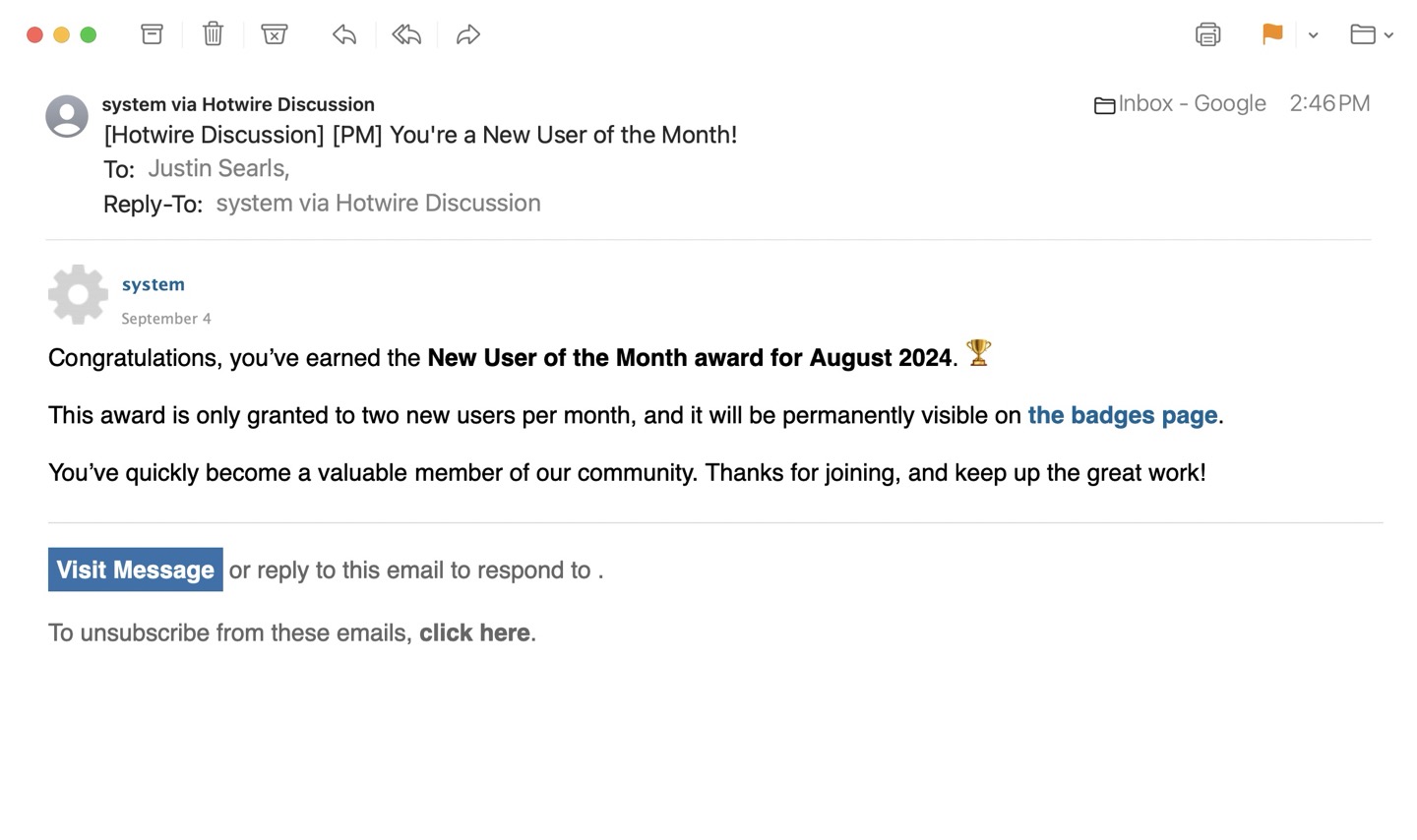
100% agree with DHH on Passkeys. I too was bought-in on adopting them for my apps but realized they pose a customer service nightmare and went back to email login world.hey.com/dhh/passwords-have-problems-but-passkeys-have-more-95285df9
Drive-by Active Storage advice
This post is also available in Japanese, care of Shozo Hatta
I'm working on a conference talk and there won't be time for me to detail each and every piece of advice I've accrued for each technical topic, so I'm going to dump some of them here and link back to them from the slides.
Today's topic is Active Storage, the Ruby on Rails feature that makes it easy to store user-generated assets like photos and videos in the cloud without clogging up your application or database servers.
Before you do anything, read this absolutely stellar post describing how to get the most out of the feature and avoid its most dangerous foot-guns.
Here goes.

TIL about the treasure trove of design assets that Apple shares. Extremely cool. developer.apple.com/design/resources/
There have now been 20 major versions since the initial release of Breaking Change, but this is one of the less bad ones. It was substantially improved by friend of the show, Eric Doggett, who helped out with mixing!
If you have strong feelings about anything you hear, you know where to stuff those feelings (other than "deep, deep down"): podcast@searls.co.
Spicier-than-usual show notes follow:

Five wooden nickels for anyone who can answer this for me stackoverflow.com/questions/78965596/is-it-possible-to-detect-with-css-or-javascript-whether-safari-has-compact-tab

Just reached for my todo_or_die gem for the first time in a while (adding time bombs to remind me to clear out Rails monkeypatches in the future if they're no longer needed).
Noticed it's been ported to Rust, JavaScript, Python, and Elixir. Cool! github.com/searls/todo_or_die

Lotta grumbling about Apple's "Glowtime" teaser tagline to tomorrow's keynote as being an inapt description of the new Siri interface.
What if the Capture button is translucent, has an LED beneath it and it glows? Remember the breathing iBook/PowerBook LED? Maybe it lights up with notifications or while operating the camera to indicate some UX state?

Something people misunderstand about "ball hogs" is that they assume they hog the ball because they're better than other players.
It's the opposite! Ball hog is a personality type (and I am one of them). I want to be in control as much as possible, and as a result I spend time getting really good at what I do. Almost all of my own skill acquisition can be explained by this impulse.

We got a HOT new rule change proposal for Standard Ruby that I'd love more people to chime in on! github.com/standardrb/standard/issues/650

Realizing that the majority of clever Keynote slide tricks I've accumulated over the last 15 years have been to make intangible topics feel more concrete and easy-to-follow. Because my next talk is essentially an annotated demo of real, working software, I'm finding myself discard most of my own tropes to save time.
New User of the Month
Why should you come to my Rails World talk about building an app? Look no further than my latest credential. Hotwire user of THE WHOLE MONTH.*
*Apparently there are actually two of us.

